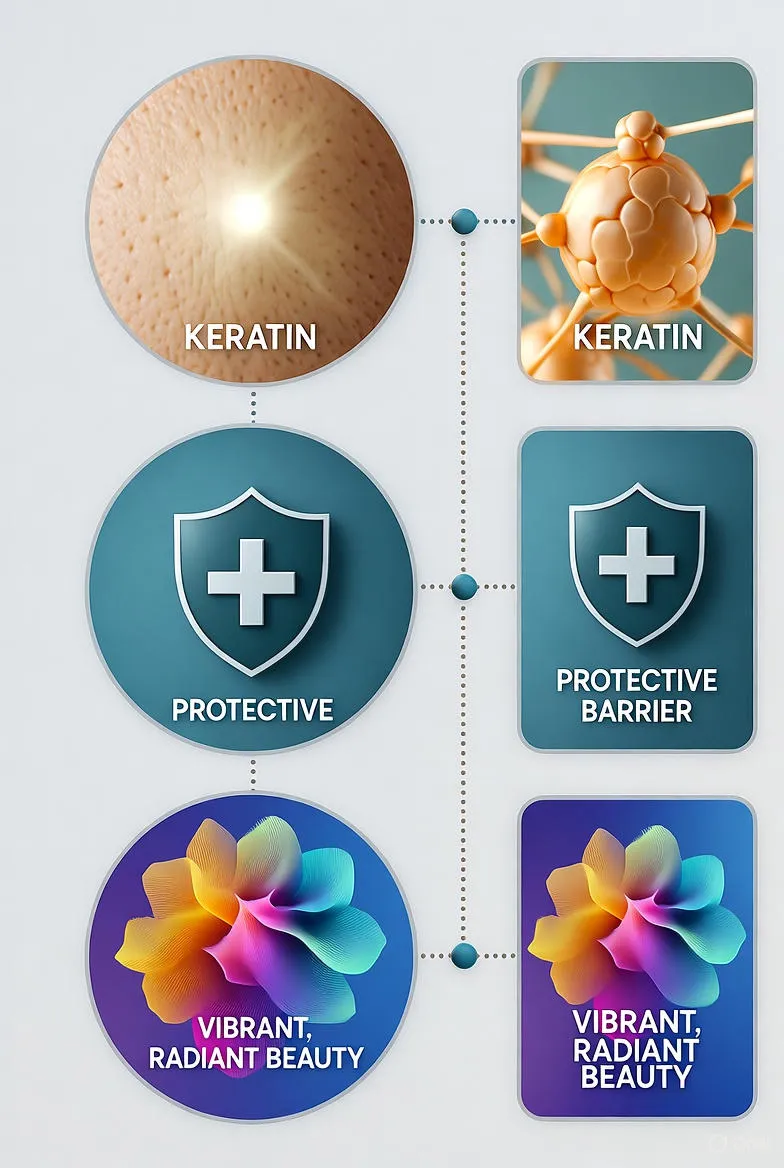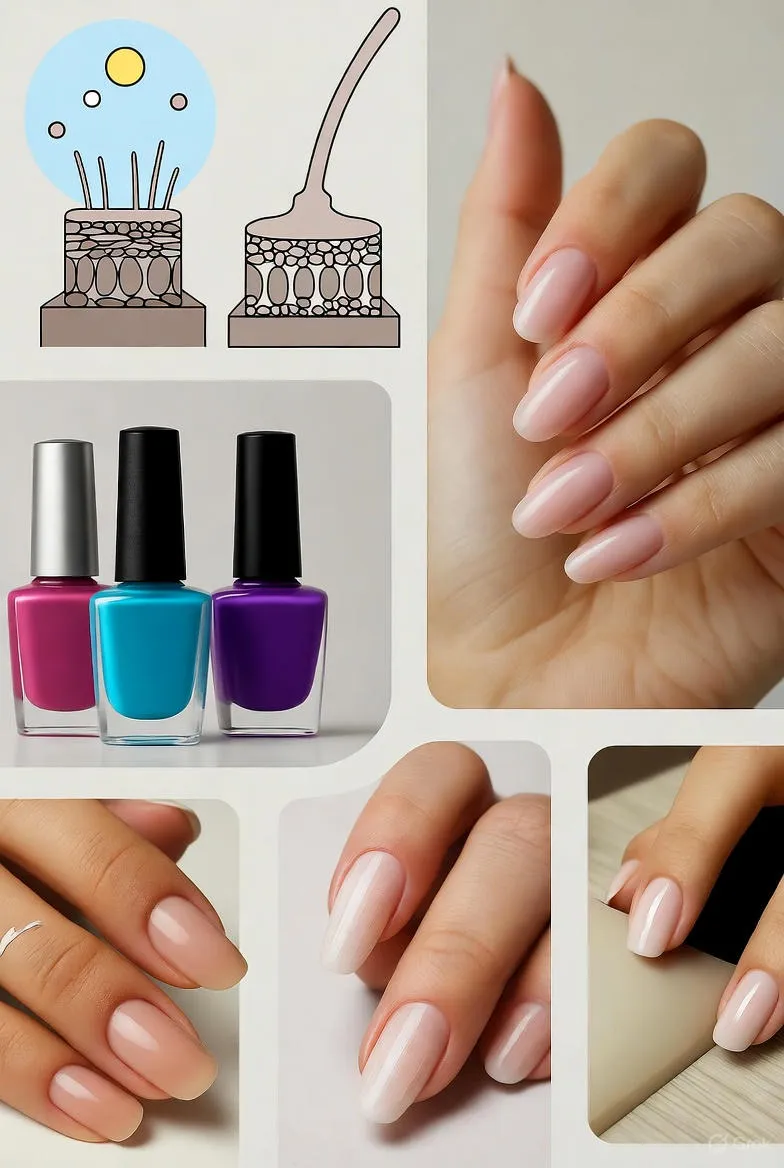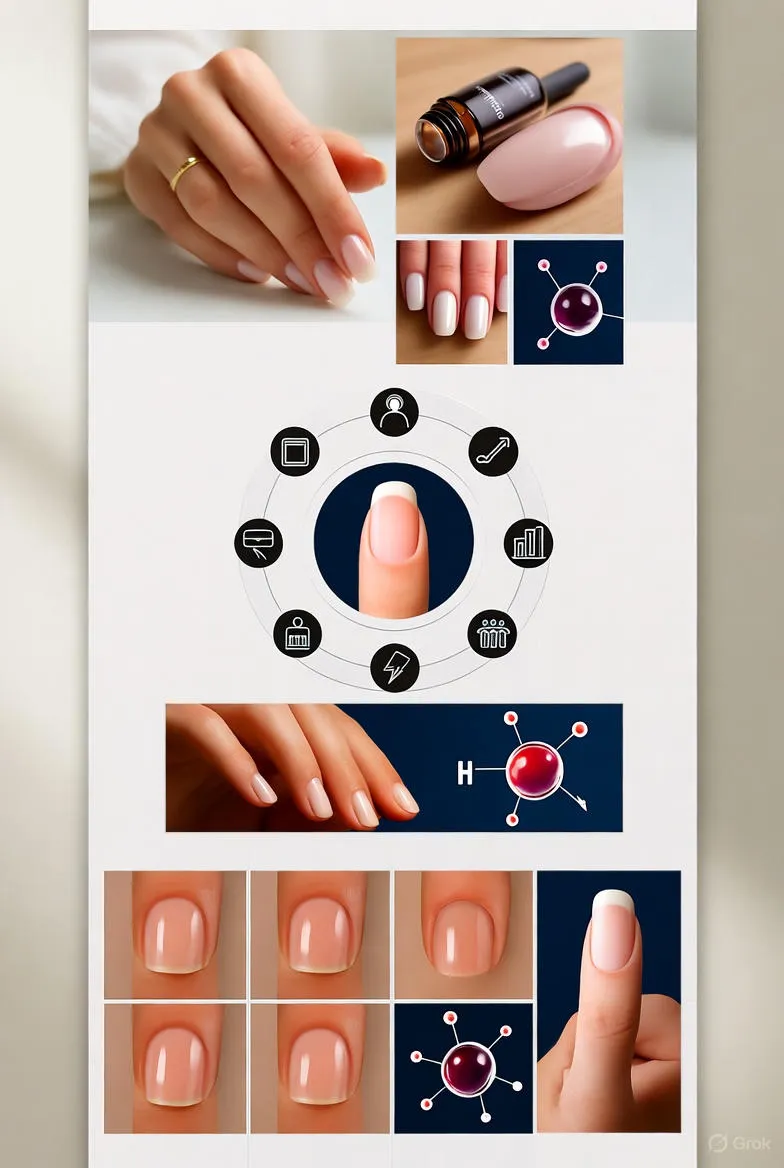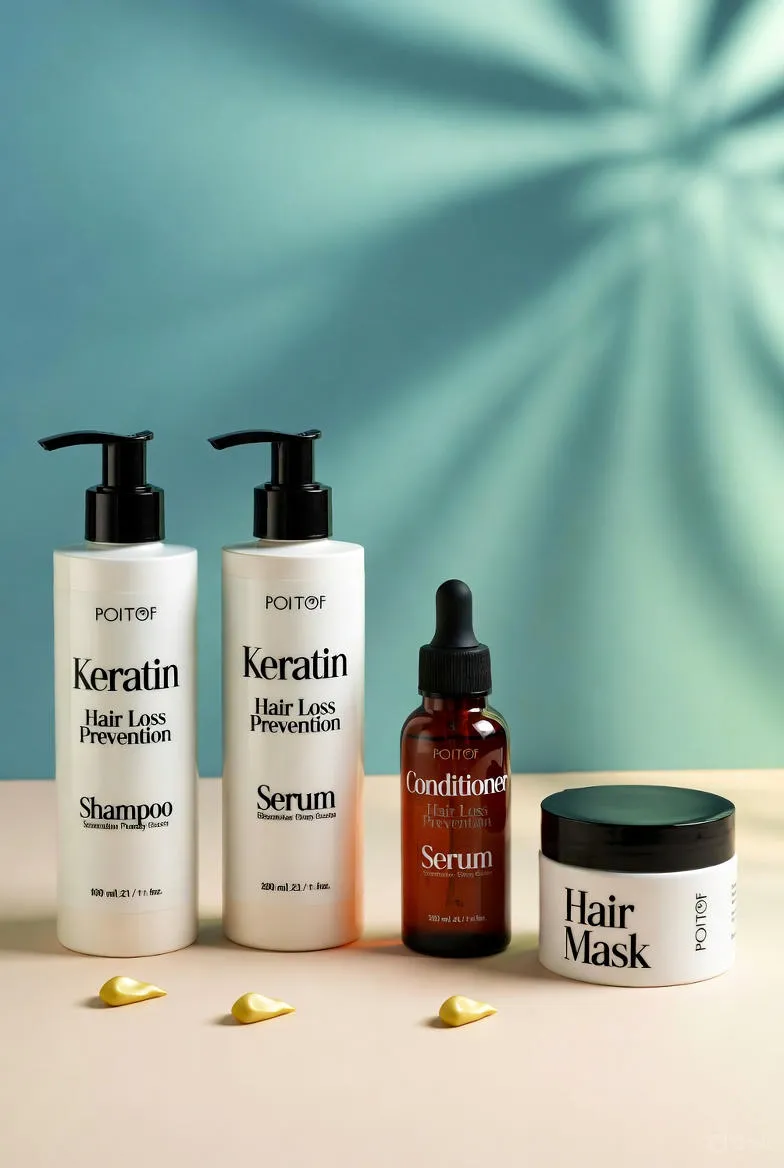
Unlocking Skin Vitality: The Essential Role of Keratin in Radiant Beauty
Discover the vital role of keratin in enhancing skin health and vitality. Learn how this powerhouse protein protects, hydrates, and rejuvenates for radiant, youthful skin. Essential tips inside.
Introduction to Keratin: The Building Block of Beauty
Keratin is often hailed as the unsung hero of our body's structural integrity, a tough, fibrous protein that forms the foundation of hair, nails, and, most crucially for our discussion, the skin. Comprising about 85% of the skin's outermost layer, the epidermis, keratin acts as a protective shield against environmental aggressors like UV rays, pollution, and daily wear. But beyond mere protection, keratin plays a pivotal role in maintaining skin vitality—that enviable glow, elasticity, and resilience that defines youthful, healthy skin.
Understanding keratin's function begins with recognizing its dual forms: soft keratin, which dominates the skin and mucous membranes, and hard keratin, found in hair and nails. In the skin, soft keratin provides flexibility and moisture retention, essential for preventing dryness and flakiness. When keratin production falters—due to age, stress, diet, or harsh treatments—skin can lose its vitality, appearing dull, rough, or prematurely aged. This article delves deep into how keratin influences skin health, offering insights into nurturing it for lasting radiance.
The Science Behind Keratin and Skin Structure
To appreciate keratin's impact on skin vitality, we must first explore its molecular architecture. Keratin proteins are synthesized by keratinocytes, specialized cells in the epidermis that migrate upward, maturing and filling with keratin as they reach the surface. This process, known as keratinization, transforms living cells into a tough, waterproof barrier called the stratum corneum.
The stratum corneum isn't just a dead layer; it's a dynamic ecosystem where keratin filaments intertwine with lipids and other proteins, creating a semi-permeable shield. This structure regulates water loss (transepidermal water loss, or TEWL), maintains pH balance, and defends against pathogens. When keratin is abundant and well-structured, skin retains moisture, appearing plump and vibrant. Conversely, disruptions—such as from excessive sun exposure or chemical peels—can lead to keratin fragmentation, causing micro-cracks that invite irritation and diminish vitality.
Research underscores keratin's protective prowess. Studies in dermatology journals highlight how keratin-rich formulations enhance barrier repair post-exfoliation, reducing recovery time by up to 30%. Moreover, keratin's alpha-helical structure allows it to absorb mechanical stress, preventing fine lines from deepening under facial expressions or environmental strain.
Keratins in Action: Alpha vs. Beta Forms
Keratin exists in alpha and beta configurations, each contributing uniquely to skin vitality. Alpha-keratin, prevalent in mammals, forms coiled coils that provide elasticity, much like the springs in a mattress allowing it to bounce back. Beta-keratin, more rigid, is seen in reptilian scales but influences human skin through evolutionary adaptations, bolstering toughness in high-friction areas like heels or elbows.
In cosmetic science, harnessing these forms has led to innovations like hydrolyzed keratin peptides, which penetrate deeper than intact proteins, stimulating natural production. This targeted approach not only fortifies the skin barrier but also promotes cell turnover, revealing fresher, more vital layers beneath.
How Keratin Boosts Skin Vitality: Key Benefits
Keratin's contributions to skin vitality are multifaceted, touching on hydration, repair, and anti-aging. Let's break them down.
Superior Hydration and Moisture Lock
One of keratin's standout roles is as a humectant, drawing water molecules into the skin and sealing them in with its fibrous network. Healthy keratin levels can increase skin hydration by 20-40%, according to clinical trials, resulting in a dewy, supple complexion. Dry skin, often a vitality thief, stems from keratin degradation; replenishing it restores the lipid-keratin matrix, minimizing transepidermal water loss and combating winter itch or summer sweat-induced dehydration.
Imagine your skin as a fortress: keratin is the mortar binding the bricks (corneocytes). Without it, cracks form, allowing moisture to escape and irritants to invade, leading to lackluster vitality. Topical keratin treatments, derived from wool or feathers, mimic this natural mortar, enhancing overnight recovery for morning glow.
Enhanced Barrier Function and Protection
The skin barrier is keratin's domain, and a robust one means vitality unmarred by redness or sensitivity. Keratin fortifies this barrier against free radicals from pollution or blue light from screens, which can otherwise trigger inflammation and collagen breakdown. A study in the Journal of Investigative Dermatology found that keratin supplementation improved barrier integrity in eczema patients, reducing flare-ups by 50% and restoring even tone.
For urban dwellers, where particulate matter assaults the skin daily, keratin acts as a detoxifier, binding toxins and facilitating their sloughing off. This not only preserves vitality but also prevents hyperpigmentation, keeping skin uniformly radiant.
Anti-Aging and Elasticity Preservation
As we age, keratin synthesis declines, contributing to sagging and wrinkles. By supporting fibroblast activity—cells that produce collagen and elastin—keratin indirectly combats these signs. Peptide-bound keratins signal keratinocytes to ramp up production, mimicking youthful protein turnover.
Clinical evidence supports this: women using keratin-infused serums showed a 15% improvement in elasticity after 12 weeks, per a double-blind trial. This translates to firmer, more resilient skin that bounces back from expressions, maintaining a vital, lifted appearance without invasive procedures.
Factors That Deplete Keratin and Diminish Vitality
Despite its resilience, keratin isn't invincible. Several culprits can erode its levels, stealthily sapping skin vitality.
- UV Exposure: Ultraviolet rays oxidize keratin, fracturing its bonds and accelerating photoaging. Daily SPF is non-negotiable, but pairing it with keratin boosters amplifies defense.
- Poor Nutrition: Deficiencies in biotin, zinc, or sulfur-rich amino acids (keratin's building blocks) hinder synthesis. A diet lacking eggs, nuts, or fish can manifest as dull, brittle skin.
- Harsh Skincare: Over-exfoliation or sulfates strip natural keratin, leaving skin vulnerable. Gentle, pH-balanced routines preserve this protein's integrity.
- Stress and Hormones: Cortisol spikes disrupt keratinocyte function, leading to uneven texture. Mindfulness practices can mitigate this hormonal havoc.
Recognizing these threats empowers proactive care, ensuring keratin remains a vitality ally rather than a depleted resource.
Nurturing Keratin for Optimal Skin Vitality
Fortifying keratin doesn't require complexity; strategic habits and products suffice.
Dietary Strategies for Keratin Support
Nutrition is keratin's first line of defense. Incorporate cysteine-rich foods like poultry, yogurt, and sunflower seeds, which fuel keratin assembly. Omega-3s from salmon enhance lipid integration, while antioxidants in berries shield against oxidative damage. A balanced plate—think Mediterranean-style—not only boosts internal production but reflects in vibrant skin within weeks.
Topical Treatments and Routines
Select cleansers with mild surfactants to avoid stripping keratin. Moisturizers blending keratin hydrolysates with ceramides restore the barrier overnight. For vitality kicks, weekly masks with silk-derived keratin smooth texture, while serums target fine lines.
Incorporate actives like niacinamide, which synergizes with keratin to regulate sebum and refine pores, or hyaluronic acid for amplified hydration. Nightly rituals focusing on repair maximize keratin's regenerative potential.
Lifestyle Tweaks for Lasting Vitality
Sleep seven to nine hours nightly; it's when keratinocytes proliferate most. Hydrate internally with 8-10 glasses of water, and shield skin with broad-spectrum SPF 30+. Gentle massages stimulate circulation, distributing keratin evenly for an all-over glow.
For those with keratin concerns like psoriasis, consult dermatologists for prescription topicals that stabilize production without overload.
Conclusion: Embrace Keratin for Timeless Skin Vitality
Keratin isn't just a protein; it's the essence of skin's vitality, weaving protection, hydration, and youthfulness into every layer. By understanding its science and safeguarding its levels through diet, skincare, and habits, you unlock a radiant complexion that defies time. Commit to keratin-centric care, and watch your skin transform—resilient, glowing, and eternally vital. Your beauty routine's missing link awaits; integrate it today for tomorrow's luminous self.
(Word count: 1,248)


